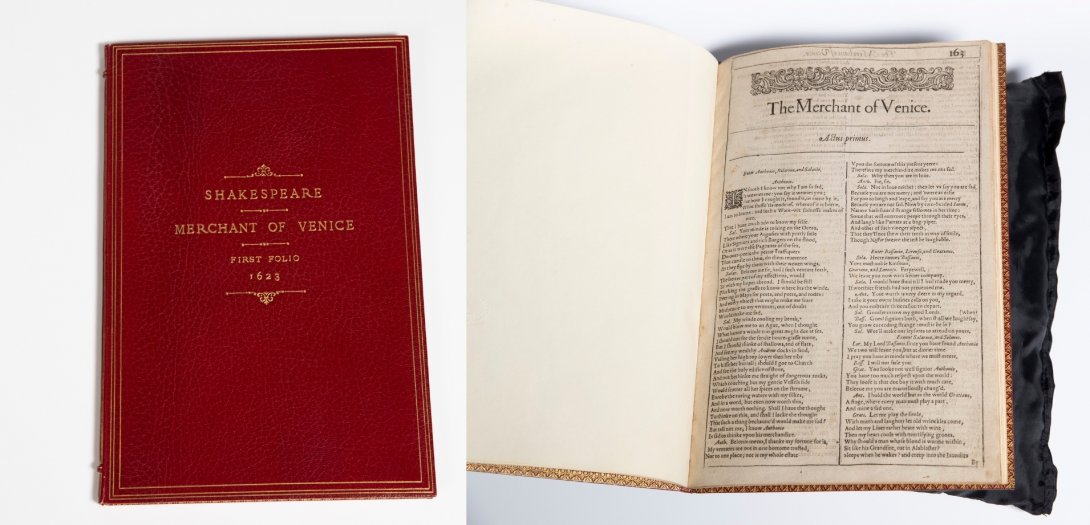One of the roles of the National Library is to ensure that a collection of everything published in Australia is preserved and kept accessible now and into the future. This includes all sorts of publications: community newsletters, maps, books and more. Having this collection of Australia’s published heritage allows us to build an understanding of our nation, capturing what we are thinking, imagining, and writing about over time.
Collecting one of everything published is an enormous undertaking, so the National Library is supported by part of the Copyright Act 1968 known as legal deposit. In this blog, we look at the history of this type of collecting as well as the contemporary practice of legal deposit in Australia.

The origins of legal deposit
Let's begin our journey in a royal court in France. France was one of the first western countries to have implemented laws like today’s legal deposit. After first trying to ban all printing in 1535, King Francis I of France signed the Ordonnance de Montpellier in 1537, which decreed that no book could be sold in France unless a copy had been added to his personal library. This came from King Francis’s desire to control freedom of speech, and to prevent the printing of differing religious views. The success of this decree was limited - few people paid the rule any attention and it was eventually abolished during the French Revolution some 250 years later.
The first example of a system like legal deposit in England was a private agreement made in 1610 between the Bodleian Library at Oxford University and the Stationers’ Company, who oversaw much of the licensing and book printing in London at the time. This agreement saw one copy of every book the company printed given to the library, to expand and enrich the collection. This meant that books such as Shakespeare’s First Folio were collected and held by the Bodleian upon publication. This arrangement was just the start; legal deposit in England was more formally outlined in the Licensing of the Press Act 1662, and then again in Statute of Anne or the Copyright Act of 1709. In each of these updates, the purpose of legal deposit was made clearer, and the number of libraries included was expanded.

From its beginnings through to today, legal deposit has evolved from a way of controlling what publications were made available to the public to a means of ensuring that all works are recorded, made accessible and preserved for future generations. Today, there are legal deposit collections in over 40 countries around the world.
Legal deposit in Australia
Before 1901, Australian states and territories each had their own copyright laws which included some form of legal deposit. After federation, Australia’s first national legal deposit legislation was included in the Copyright Act 1905. This act required publishers to deposit two copies of a book with ‘The Registrar’ to ensure copyright was recorded nationally. The states and territories also kept separate legislation, meaning that Australian writers and publishers were to deposit multiple copies of their books in various libraries, depending on where they lived.

Legal deposit is no longer tied to copyright, but now exists as a method of collection for the public good. The Copyright Act 1968, still in place today, states that one copy of every Australian publication made available to the public for free or for sale is to be given to the National Library. Publications covered include books, graphic novels, newspapers, magazines, maps, sheet music and more. In 2016, the act was updated to also include electronic publications.
States and territories have their own legal deposit requirements. This means that Australian publishers must deposit with at least two legal deposit libraries: the National Library and the state or territory library where they live or were published. Some states and territories require more than one copy, collect different types of publications, or even have more than one legal deposit library, so it is worth double checking the requirements of the relevant state or territory when you are depositing.

Write yourself into history. Deposit your work at the National Library of Australia.